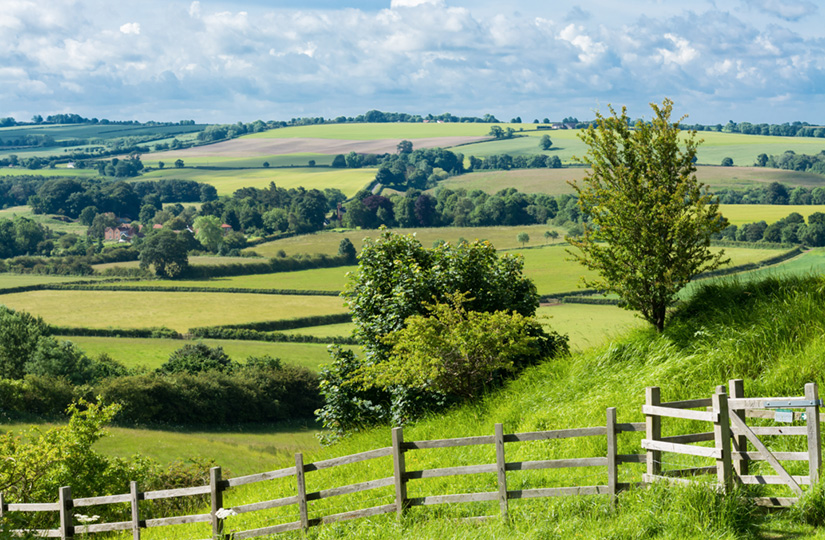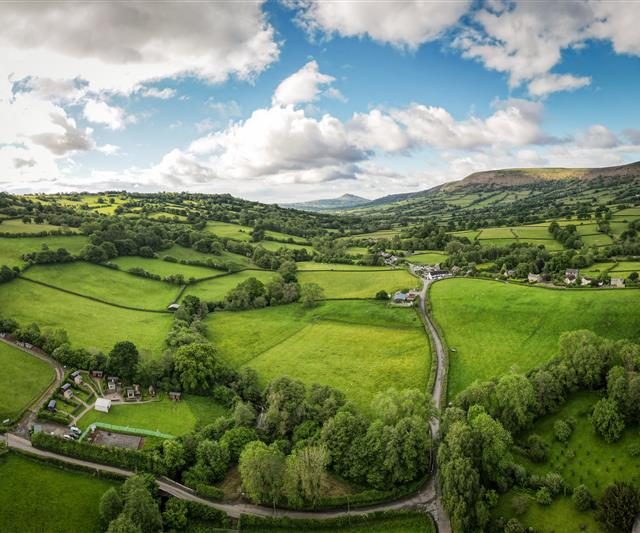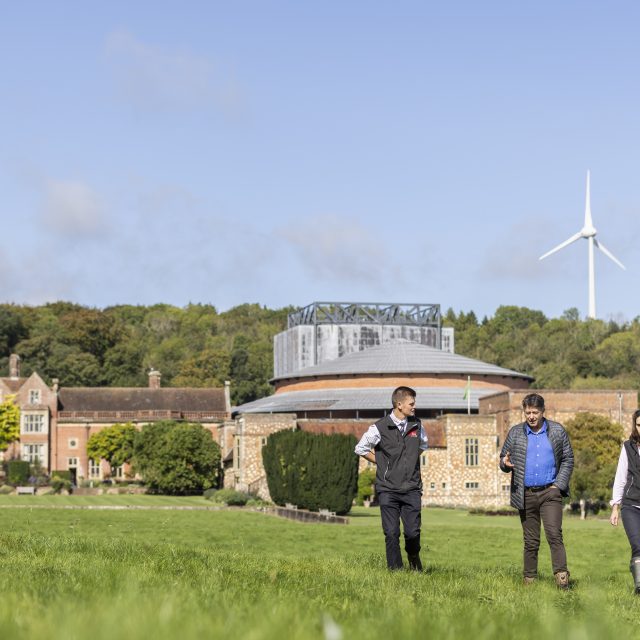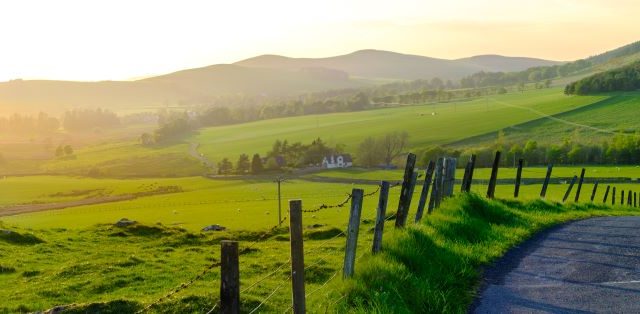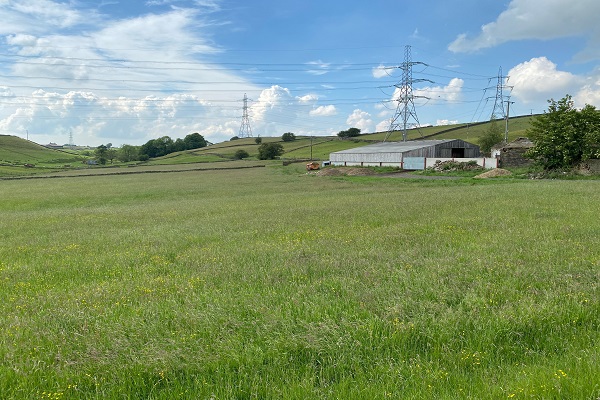13 key points from Defra’s update on the future of farm policy – February 2020
Defra has published a progress update on the implementation of its new farming policy for farmers in England and a discussion document outlining its latest thinking on the rollout of the Environmental Land Management System (ELMS).
The key points from Defra’s update for farmers and landowners are as follows:
1. Confirmation that direct payments will start to be phased out in 2021, with different percentage reductions being applied to different payment bands, in a similar approach to the way income tax works.
The schedule for reductions is as follows:
| Direct payment band | | Percentage reduction of up to: |
| Up to £30,000 | 5% |
| £30,000-£50,000 | 10% |
| £50,000- £150,000 | 20% |
| £150,000 or more | 25% |
So for a Basic Payment Scheme (BPS) claim worth £40,000, a 5% reduction will be applied to the first £30,000 and a 10% reduction to the next £10,000.
2. No details have been given for the percentage reductions that will apply to BPS payments after 2021, but they will be increased over time until the final payments are made in 2027.
3. Defra is planning to delink these BPS payments so farmers will no longer have to farm the land in order to receive them, but the earliest that delinking will happen is 2022.
4. The option of a one-off, lump sum payment instead of an annual de-linked payment is still under consideration, subject to affordability, but no further detail is yet available.
5. A new productivity scheme, similar to the Countryside Productivity Scheme, will open in 2021 offering grants to farmers to help them invest in equipment or technology that improves farm performance.
6. The government is looking to increase the number of farmers entering the Countryside Stewardship Scheme as a stepping stone for the introduction of ELMS. As such, CSS is expected to remain open until 2023, for agreements with a 1 January 2024 start date. Defra has repeated its assurances that farmers entering CSS from 2021 will be able to end it early, without penalty, if they are subsequently offered an ELMS agreement.
7. ELMS will open fully in late 2024, after a three-year national pilot has been completed. It is currently planned that there will be three ‘tiers’ of entry to ELMS.
- Tier 1 will be the simplest level in a bid to encourage as many farmers as possible to adopt environmentally sustainable farming practices on a wide scale. Options might include planting cover crops, improved nutrient management, establishing wildflower margins and avoiding cultivating or travelling on wet soils.
- Tier 2 will focus on delivering higher value, more locally targeted environmental outcomes, for example through hedge planting, habitat creation and interventions to mitigate flooding.
- Tier 3 will be focused on collaborative projects delivering landscape scale changes in land use, such as woodland creation or peatland restoration.
8. Discussions are still ongoing about how payments might be calculated under ELMS. However, the document indicates that payments under tier 1 may be based on an “income forgone and costs incurred” model, so farmers will be paid for the actions they carry out, rather than the environmental outcome, as is the case with CSS. Defra is exploring whether under tier 2 payments could initially be based on actions, but with top-up payments for the delivery of additional results. Over the long-term it may look at moving entirely towards results-based payments under tier 3. Under tier 3 payments are likely to be negotiated on an individual basis.
9. To keep as many farmers as possible within the agri-environment framework before the introduction of ELMS, until 2024 farmers with expiring CSS and Environmental Stewardship agreements, will also be offered annual extensions “where appropriate” or the opportunity to apply for a new CSS agreement.
10. Schemes which pay farmers for animal welfare enhancements are being developed, which should start in 2022 or 2023. These could involve making ongoing payments to farmers who demonstrate welfare improvements or could offer capital grants for investment that are known to raise welfare. The government says this will form part of an Animal Health and Welfare Pathway which will also involve improvements in baseline regulatory requirements for all farmers. It says it wants to move livestock farming “from the basis of the five animal welfare freedoms and having a life worth living toward having a good life which also takes into account that animals are sentient and all that this entails.”
11. An improved selection of tree health grants will be launched in 2021 to help slow the spread of pests and disease and to encourage woodland restocking following an outbreak.
12. From 2022, Defra will support research and development projects to help the farming industry benefit from innovation and transform agricultural productivity.
13. Funds are to be made available to councils with County Farm estates and other landowners who want to invest in creating new opportunities for new entrants. Funding could be used to undertake estate planning and reorganisation activities to make more holdings available to new entrants.
